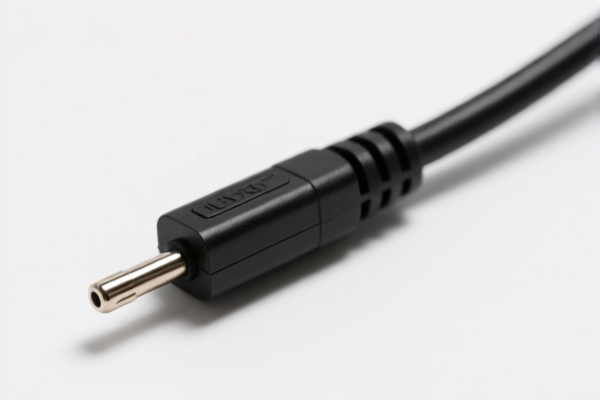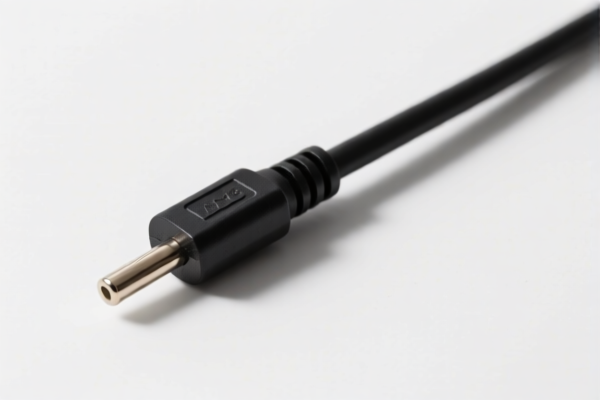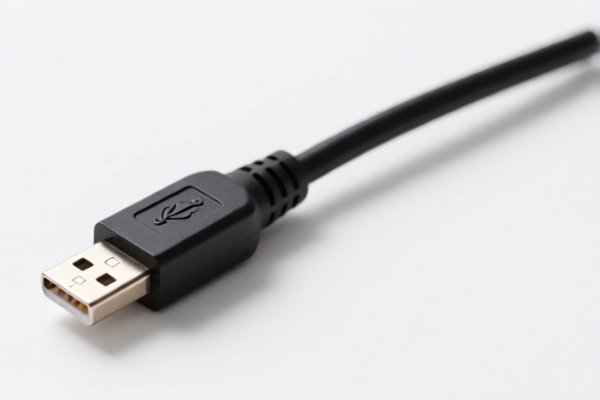| HS Code | Official Doc | Tariff Rate | Origin | Destination | Effective Date |
|---|---|---|---|---|---|
| 8508110000 | Doc | 55.0% | CN | US | 2025-05-12 |
| 8508600000 | Doc | 55.0% | CN | US | 2025-05-12 |
| 8509805095 | Doc | 34.2% | CN | US | 2025-05-12 |
| 8544429090 | Doc | 57.6% | CN | US | 2025-05-12 |
| 8544499000 | Doc | 58.9% | CN | US | 2025-05-12 |
| 9001100030 | Doc | 61.7% | CN | US | 2025-05-12 |
| 9001100085 | Doc | 61.7% | CN | US | 2025-05-12 |
| 8307103000 | Doc | 58.8% | CN | US | 2025-05-12 |
| 8307106000 | Doc | 58.8% | CN | US | 2025-05-12 |
| 8311900000 | Doc | 55.0% | CN | US | 2025-05-12 |
| 8310000000 | Doc | 55.0% | CN | US | 2025-05-12 |
| 8304000000 | Doc | 33.9% | CN | US | 2025-05-12 |
| 8304000000 | Doc | 33.9% | CN | US | 2025-05-12 |




Cable Hoover
A cable hoover, also known as a corded vacuum cleaner, is a cleaning appliance designed for the removal of dirt, dust, and debris from surfaces, primarily floors, carpets, and upholstery. It derives its power from a mains electricity supply via an attached electrical cable.
Material
Key components and materials include:
- Housing: Typically constructed from durable plastics like ABS or polypropylene for impact resistance and longevity.
- Motor: Electric motors, commonly universal or brushless DC motors, provide suction power.
- Filtration System: Materials vary; common components include HEPA filters (High-Efficiency Particulate Air), cloth filters, foam filters, and cyclones for separating dirt from the air. Filter materials impact air quality and allergen removal capability.
- Brushes: Bristles are typically made of nylon, polypropylene, or natural fibers, often combined with rubber components for effective agitation and debris pickup.
- Hoses & Tubes: Flexible PVC or composite materials allow for reach and maneuverability.
- Dustbin/Bag: Plastic (often polypropylene) or fabric materials are used to collect debris. Some models utilize disposable bags, while others have bagless collection systems.
- Electrical Cable: Insulated copper wiring with a protective outer jacket.
Purpose
The primary purpose of a cable hoover is to provide a powerful and reliable cleaning solution for both dry and, in some models, wet debris. They are used for maintaining hygiene and improving air quality within residential, commercial, and industrial settings.
Function
Cable hoovers function through the following process:
- Suction: An electric motor creates a vacuum, drawing air and debris into the appliance.
- Filtration: Air passes through a filtration system, separating dirt and dust particles from the airflow.
- Collection: Debris is collected in a dustbin or bag.
- Exhaust: Filtered air is expelled from the appliance.
Usage Scenarios
- Residential Cleaning: Used for cleaning carpets, hardwood floors, tiles, and upholstery in homes, apartments, and other dwellings.
- Commercial Cleaning: Employed in offices, retail spaces, hotels, and other commercial establishments for routine maintenance and deep cleaning.
- Industrial Cleaning: Utilized in factories, warehouses, and construction sites for removing heavy debris and maintaining cleanliness.
- Car Detailing: Smaller, specialized cable hoovers are used for cleaning vehicle interiors.
Common Types
- Upright Vacuums: Feature a vertical design with a rotating brushroll, ideal for carpets.
- Canister Vacuums: Consist of a separate canister housing the motor and dustbin, connected to a hose and wand, offering greater maneuverability and versatility.
- Stick Vacuums: Lightweight and compact, often cordless but some models are corded, suitable for quick cleanups and smaller spaces.
- Wet/Dry Vacuums: Designed to handle both liquid and solid debris, commonly used in garages, workshops, and construction sites.
- Robotic Vacuums: Autonomous cleaning devices that navigate and clean floors automatically (typically not considered 'cable hoovers' due to their cordless and automated nature, but are a related technology).
- Backpack Vacuums: Worn on the back for increased portability and maneuverability, often used in commercial cleaning.
Based on the provided information, “cable hoover” likely refers to a vacuum cleaner with a cord. Here's a breakdown of relevant HS codes and associated details:
-
8508110000: This code covers vacuum cleaners; parts thereof: With self-contained electric motor: Of a power not exceeding 1,500 W and having a dust bag or other receptacle capacity not exceeding 20 l. This is applicable if the “cable hoover” is a standard corded vacuum cleaner meeting these power and capacity specifications.
- 85: Electromechanical apparatus; electrical equipment.
- 08: Vacuum cleaners; parts thereof.
- 11: With self-contained electric motor; of a power not exceeding 1,500 W and having a dust bag or other receptacle capacity not exceeding 20 l.
-
8508600000: This code covers vacuum cleaners; parts thereof: Other vacuum cleaners. If the “cable hoover” does not meet the specifications of 8508110000 (e.g., exceeds 1,500W or has a capacity greater than 20l), this code would be applicable.
- 85: Electromechanical apparatus; electrical equipment.
- 08: Vacuum cleaners; parts thereof.
- 60: Other vacuum cleaners.
Regarding both HS codes 8508110000 and 8508600000, the total tax rate is 55.0%, comprised of a 0.0% basic tariff and a 25.0% additional tariff. This additional tariff increases to 30.0% after April 2, 2025.
According to the provided reference material, the HS code options related to 'cable hoover' are limited, with only the following 2 found.
Customer Reviews
No reviews yet.